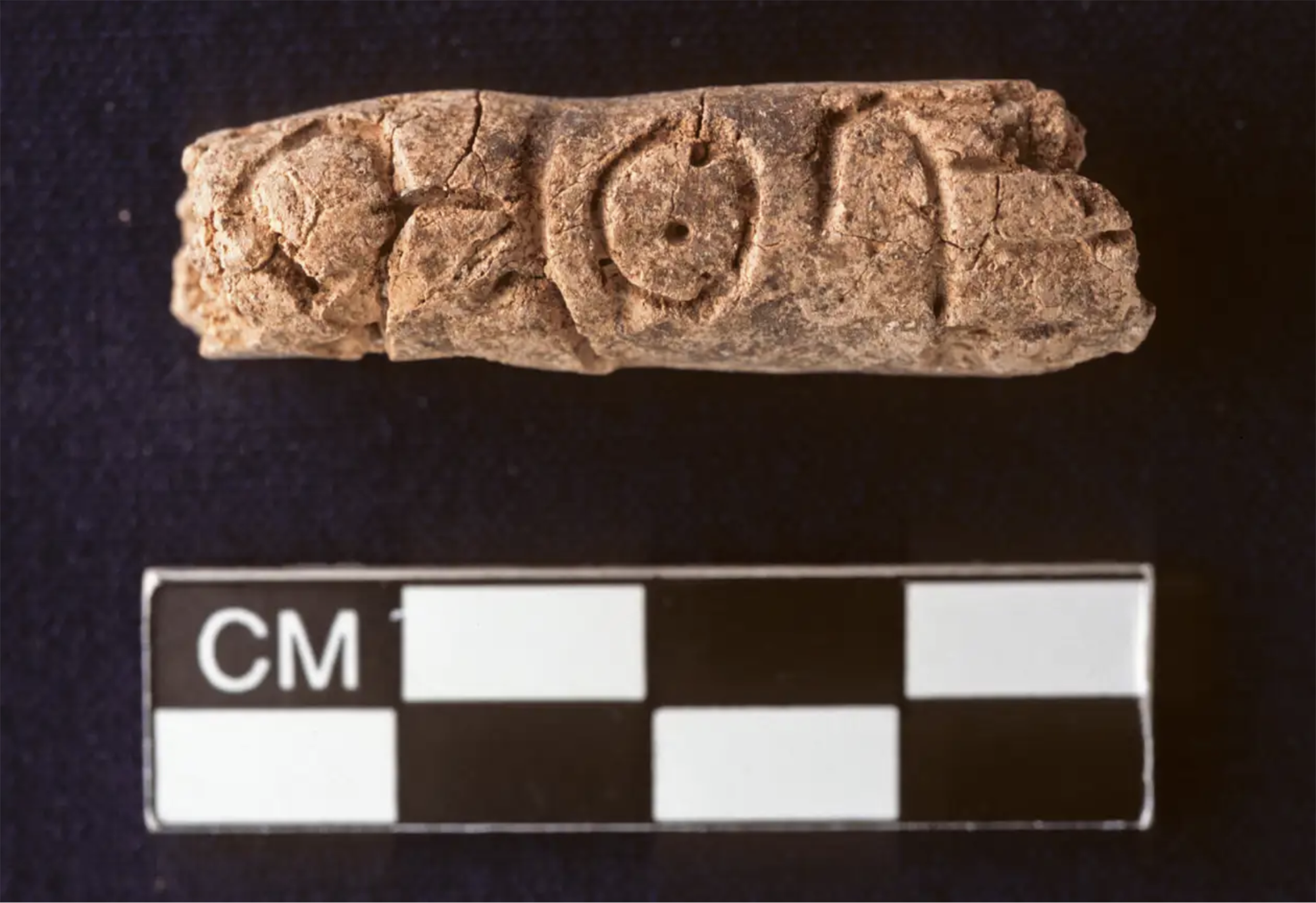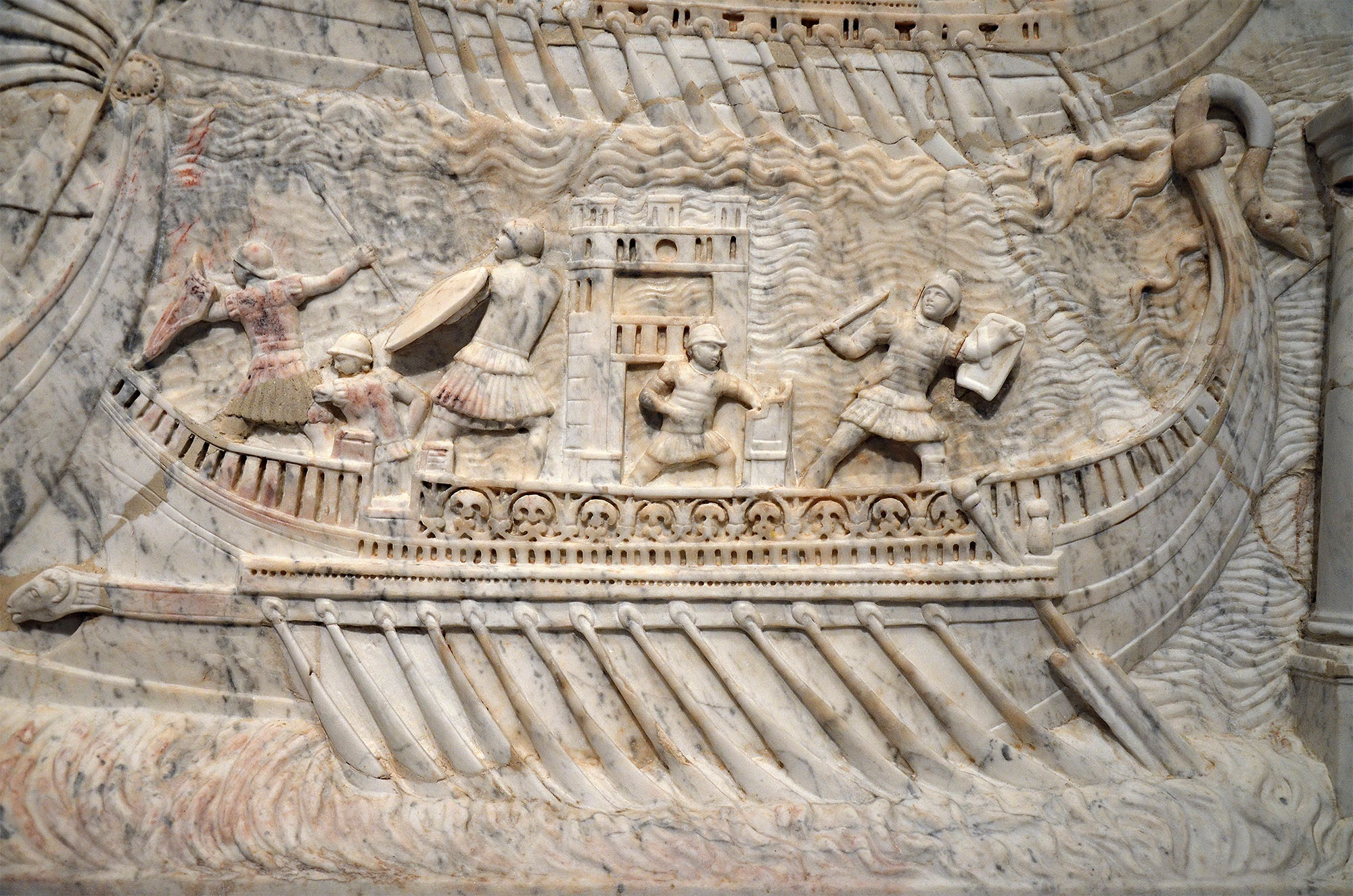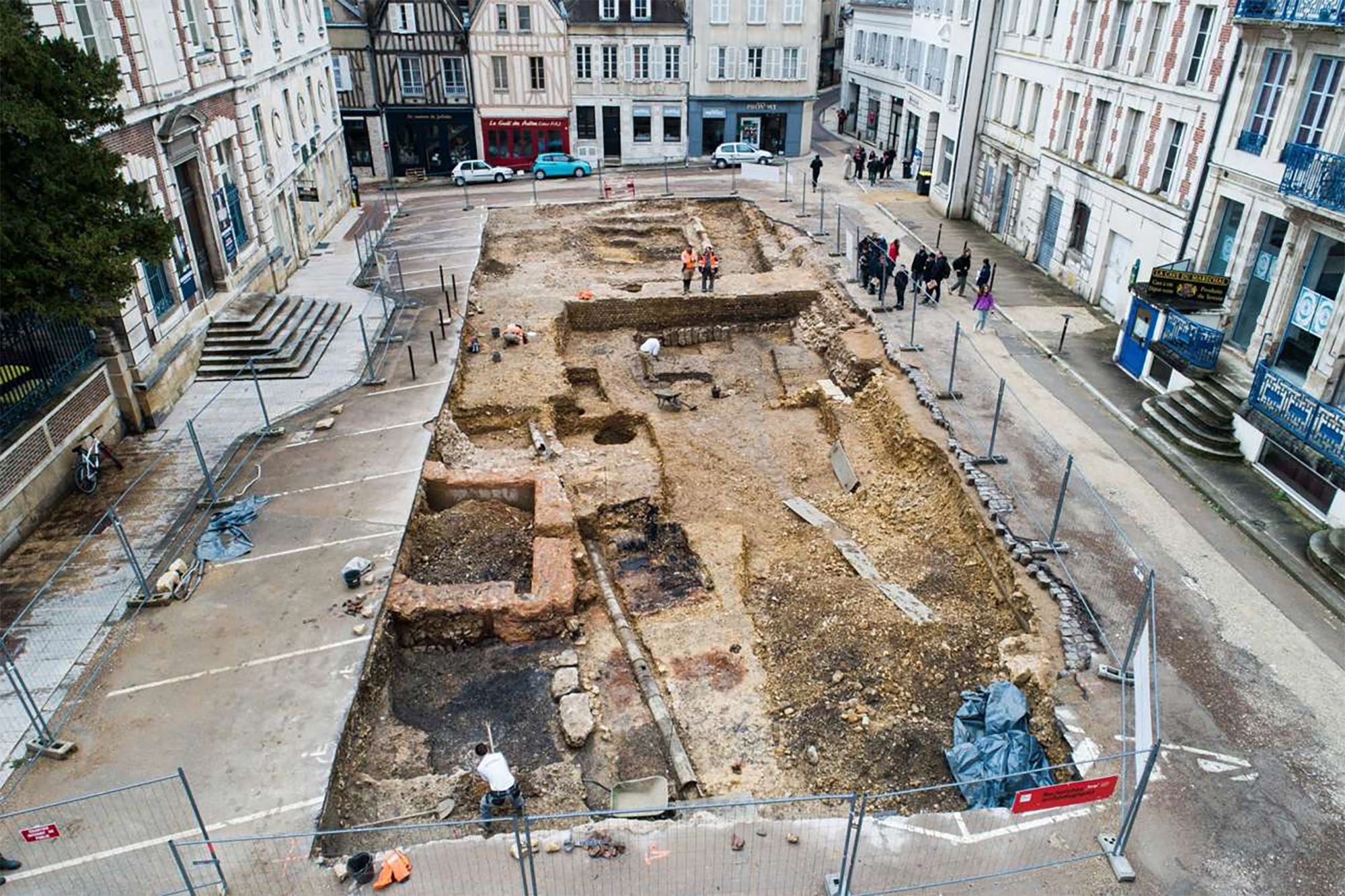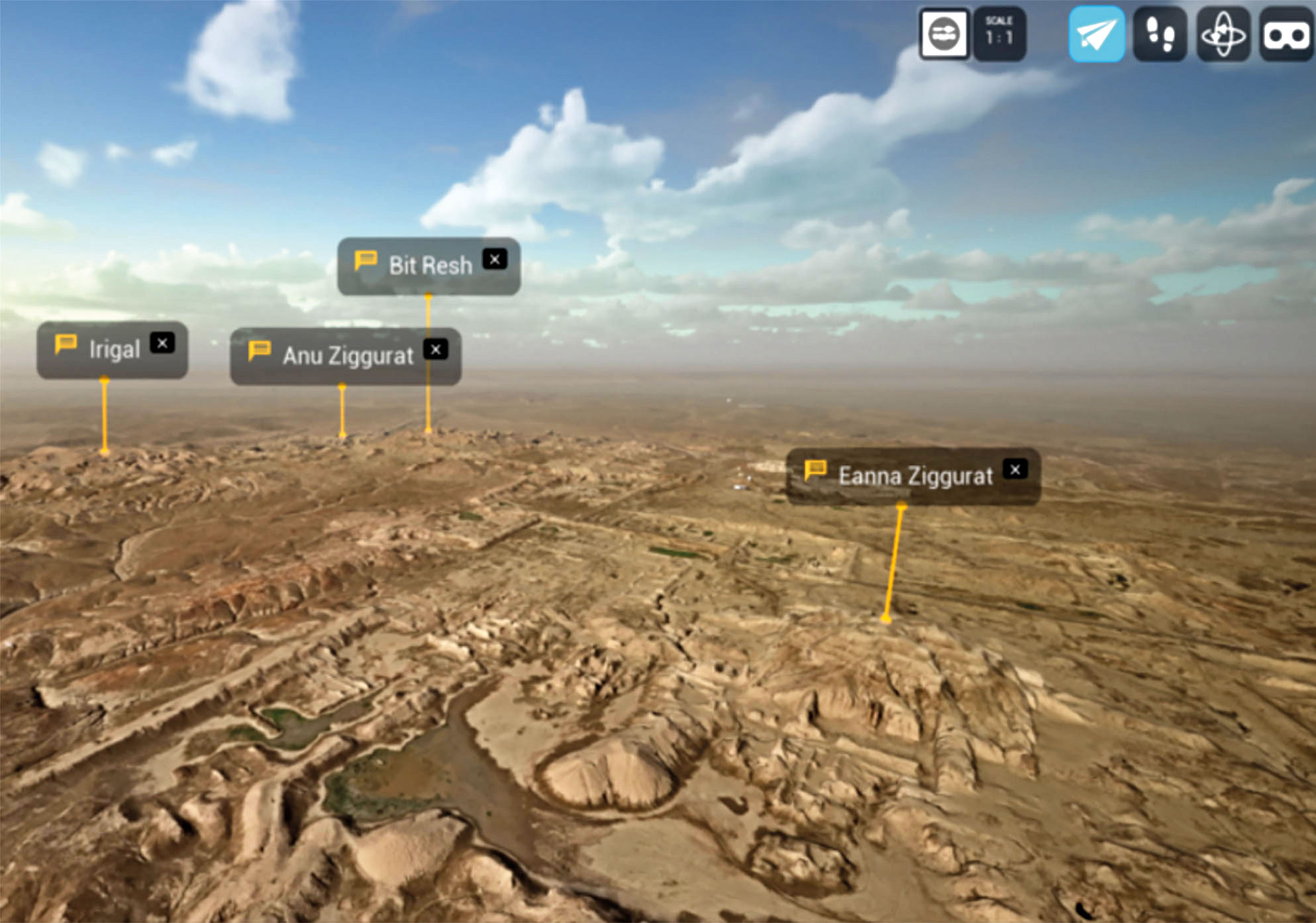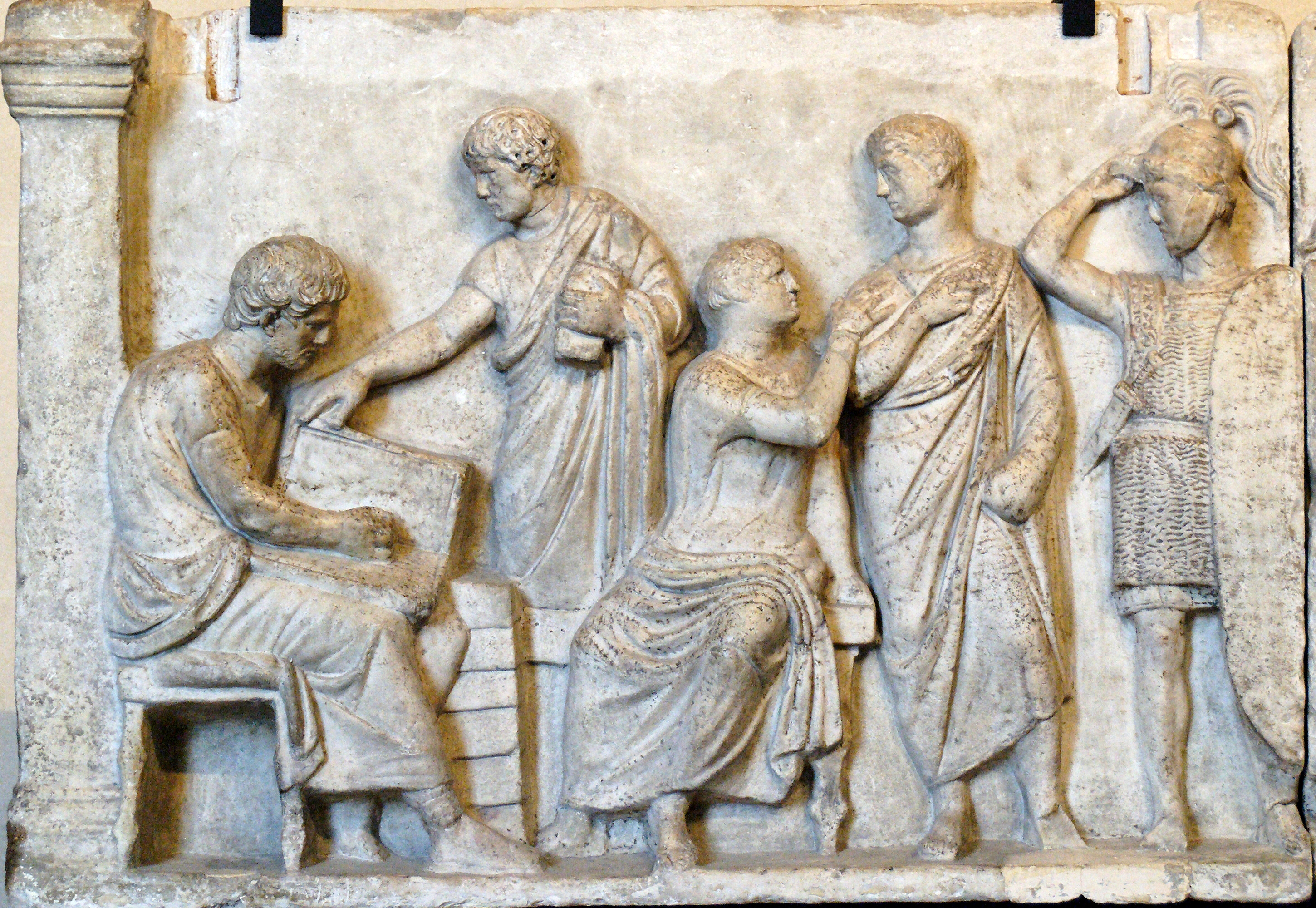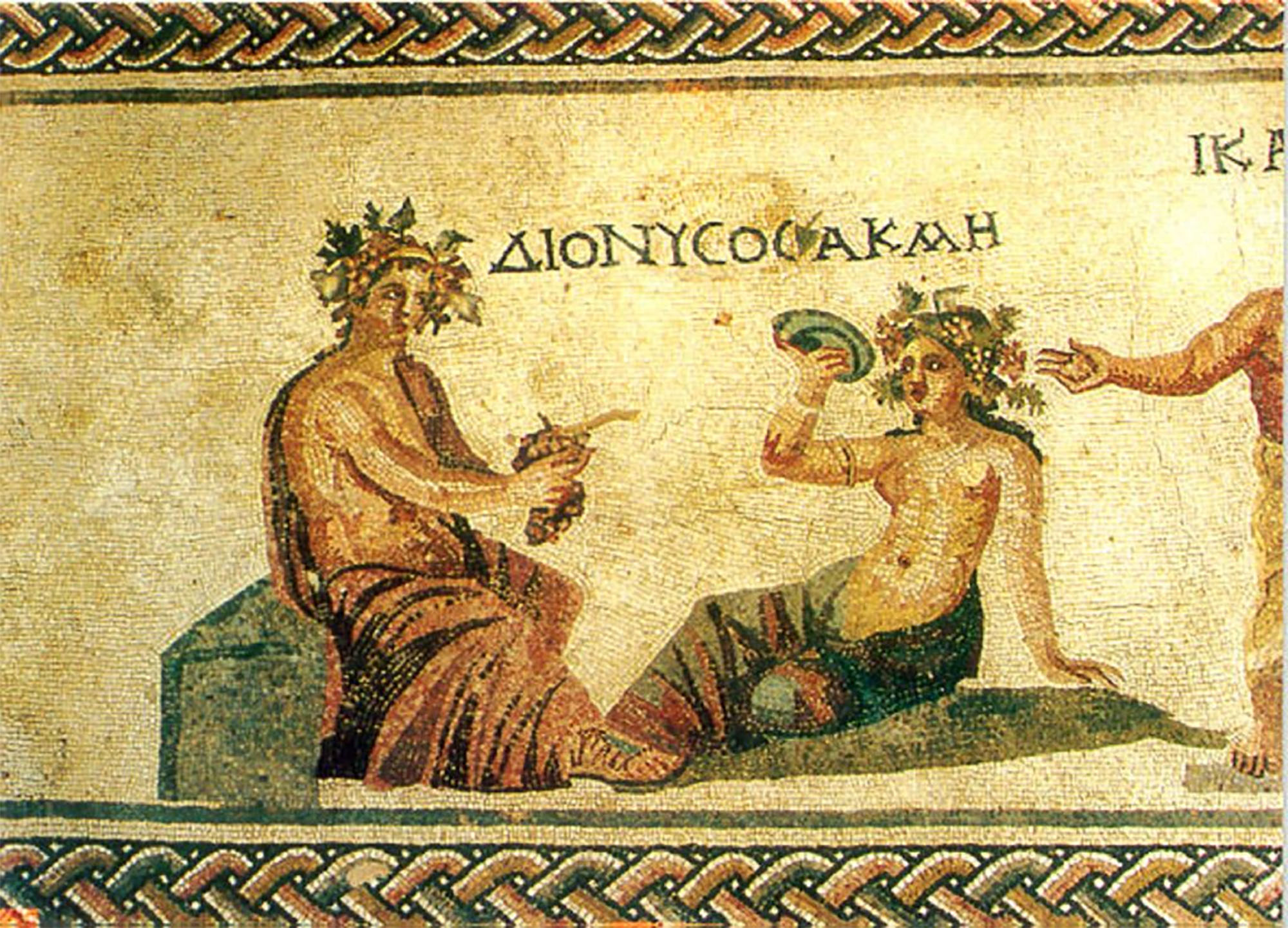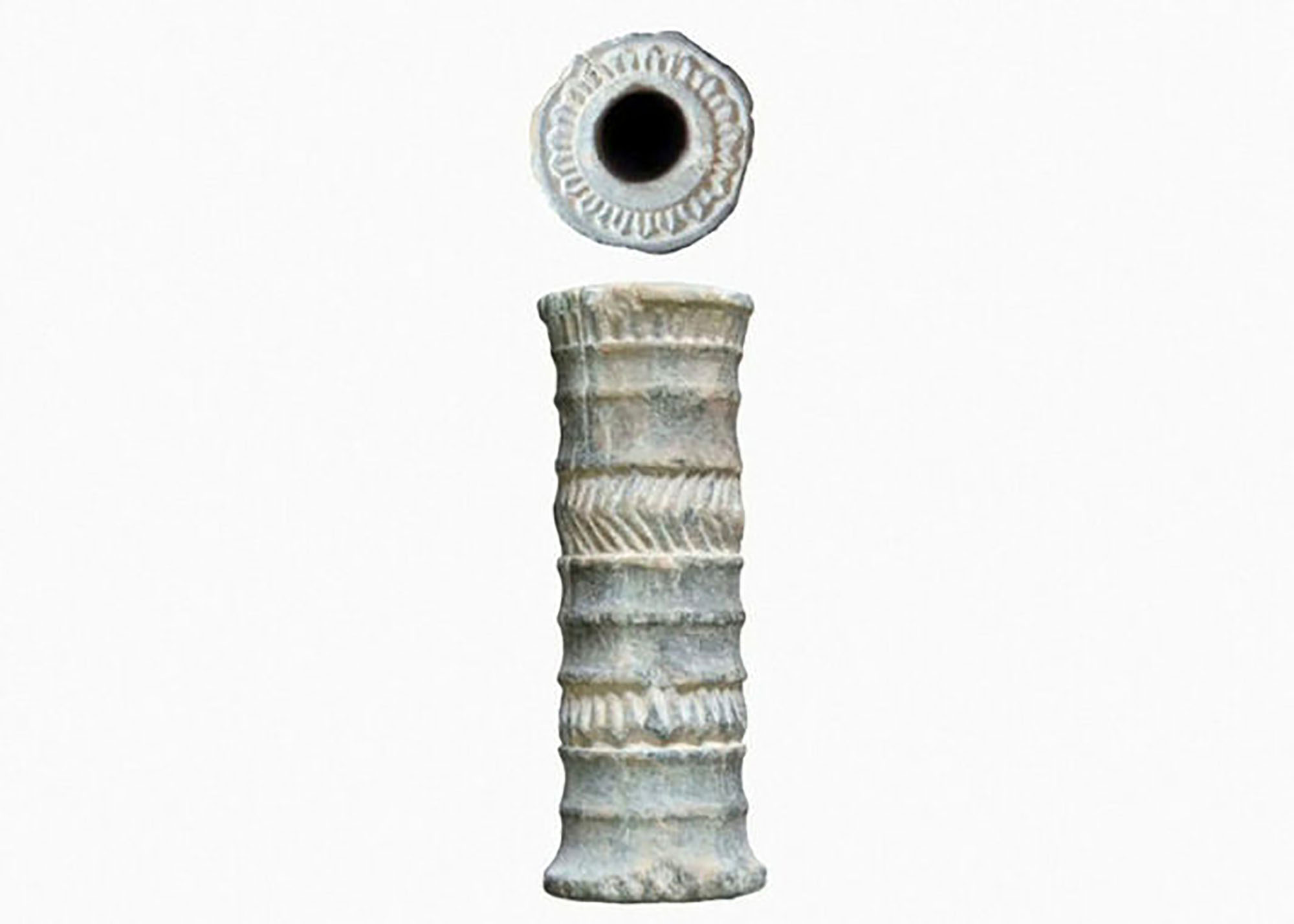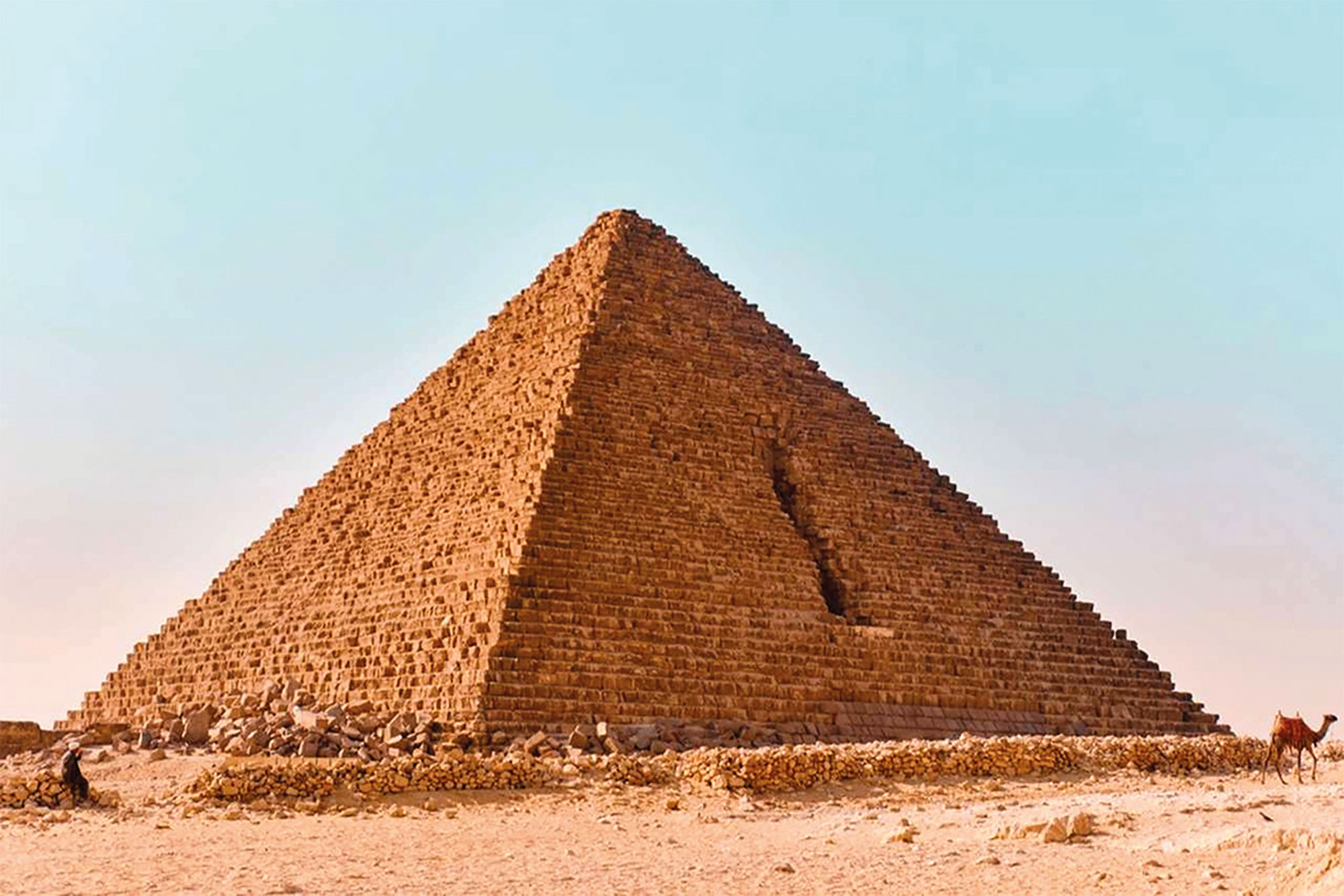Bubble of slaves from Babylon
- Babylon, about 3,750 years ago. King Hammurabi put into effect a code of 282 laws. Although penalties were based on the law of the Talion or “eye to eye”, the code also includes more “progressive” laws: it recognized for the first time the presumption of innocence and recognized, for example, in divorce cases, rights that would be denied to women for a long time. Another law of the code limited slavery to a maximum of three years.
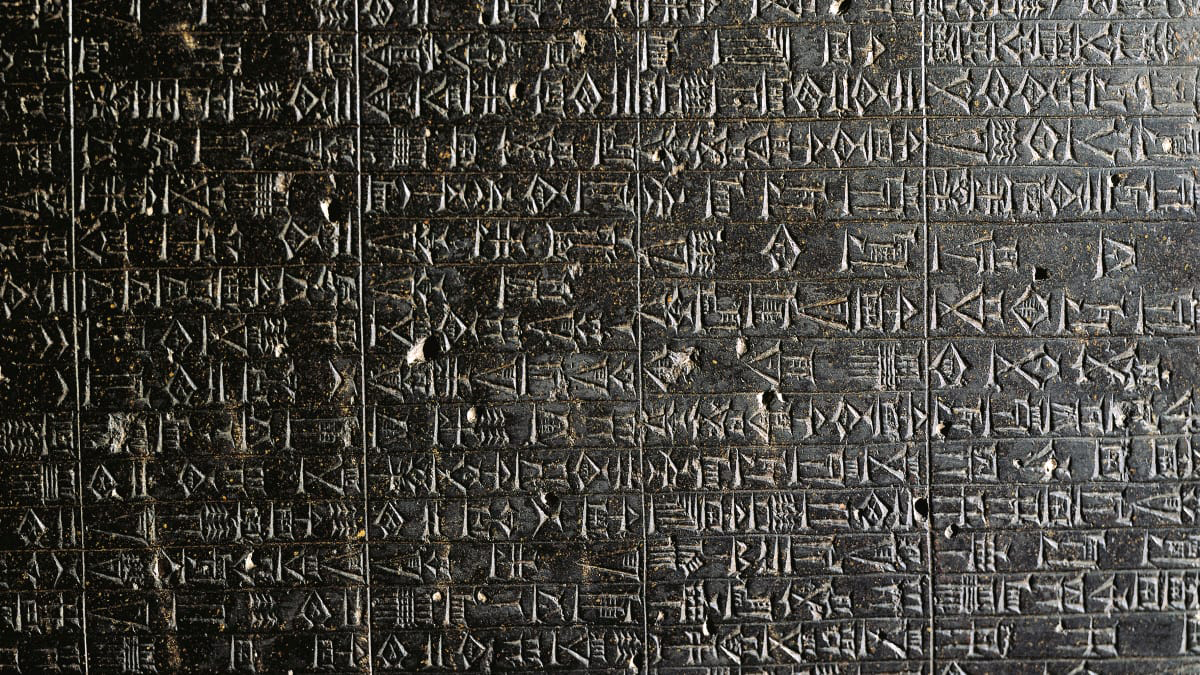
In fact, voluntary slavery seems a contradictory concept, but in Mesopotamia free citizens could work as slaves in a time to pay off their debts. And in the time of Babylon, when debt became a serious problem, this option was used a lot, too much. Before, in the Sumerian era, the main lenders were religious temples, but when more unstable and fragmented times came, most lenders were deprived. As written in tablets, temples received a maximum interest of 3%, while new lenders reached 22%. The deadlines were very tight, and those under two months have been recorded in the writings. Despite the lower interests of the rich and the longer periods of up to five years, smaller indebted citizens had no choice but to resort to slavery.
It was a pagotx for lenders who could easily obtain large interests and free labour. In addition, to increase the weight of portfolios, debts were sold to intermediaries or third parties, usually wealthy citizens or other providers. In this way a bubble formed through what we today call “debt packages”. They also had so-called “junk debts,” as it was impossible to pay a lot of debts. For example, volunteer slaves had the opportunity to re-borrow for freedom, and so it was getting harder and harder to get out of the crazy wheel.
Between 1922 and 1934, archaeologist Sir Leonard Wolley excavated in the city of Ur. In the layer that corresponded to the end of Sumer and the beginning of the Babylonian era, he found a new neighborhood, separated from the old city by a canal. There was no beautiful palace of the royal family or nobility, but there were buildings of various floors, toilets and other luxuries that were not found in the slums. It was the neighborhood of the “new rich”. Businessman Dumuzi-Gamil and partner Shumi-Abiya lived there. In addition to the bakeries and wheat supply business, they also borrowed. In the house of the first one they found the accounting of the business and a lot of cards, collected in tablets, from where most of the data mentioned here are extracted.
Hammurabi took steps to control the situation, limiting slavery to the voluntary period. But the authorities also took tougher measures until debts were cancelled
Debt forgiveness system
What for the new bankers was a good manga, was very bad for the Babylonian economy. Indebted volunteer slaves had to leave their usual work: the peasants left the land uncultivated, the artisans did not produce and the small traders broke the business… and also the debts were unpaid. A few were artificially enriched to the detriment of the majority. And like today, the economic bubble couldn't last forever.
As already mentioned in the portal, Hammurabi took steps to control the situation, limiting the period of voluntary slavery. But the authorities also took tougher measures until debts were cancelled. Thus did, for example, the king Rim-Sin of Larsa, who controlled several cities of Babylon, until Hammurabi himself conquered it. Rim-Sine established a rigorous debt forgiveness system, with immediate consequences for the new “bankers”. The rich neighborhood discovered by Wolley a century ago in U suffered a significant decline, as evidenced by archaeological remains. Despite the differences, the bubble of ancient Babylon has similar characteristics to the present, but also
a significant difference: the response of the authorities. Those old kings four millennia ago were not rescued from the bankers.
Researchers at Johns Hopkins University have discovered several cylinders with inscriptions at the present Syrian Reservoir, the Tell Umm-el Marra. Experts believe that the signs written in these pieces of clay can be alphabetical.
In the 15th century a. The cylinders have... [+]
A group of interdisciplinary researchers from the Free University of Berlin and the Zuse Institute have developed a complex mathematical model to better understand how Romanization spread in North Africa.
According to a study published in the journal Plos One, the model has... [+]
Although it was thought that in most of the cities of the Roman Empire there were jails, little remains have been found of the prisons of the time in the fields.
Recently, however, the archaeologist at the University of Copenhagen, Matthew Larsen, has identified the Roman... [+]
The TRAILER of the film Gladiator II, which will be released in the autumn, already shows in less than three minutes an error or a historical license.
Ridley Scott's film celebrates a naumaki or naval battle at the Colosseum. The expensive show was held three times in the Roman... [+]
Rome, towards the year 100 d. C. The poet Juvenal received the X. In Satira: “For a long time, particularly since we have to sell the vote, this people has lost interest in politics. Before, the head, the lots, the legions and, after all, they gave it all, but now they let it... [+]
Gulf of Ambracia (Ionian Sea). In the 15th century a. 2 September 31. The Romans achieved victory in the naval battle of Accio and ensured control over Egypt. Therefore, the Greek hegemony in the Mediterranean is concluded on that date, but the Hellenic influence has remained so... [+]
This winter the archaeologists of the INRAP (National Institute of Preventive Archaeological Research) have found a special necropolis in the historic centre of Auxerre (French State), a Roman cemetery for newborn babies or stillbirths. - Oh, good! The necropolis used between... [+]
It was founded by R about 6,500 years ago. And recently, the archaeologist at the German Institute of Archaeology, Max Haibt, has created the city's "digital twin," using the technology used in video games.
The team has made a three-dimensional record of the 40 square kilometres... [+]
Rome, a.C. 443. Censors were elected for the first time. Two centuries later it would be the most important magistrature of the Republic. Every five years, they chose two censors among consular senators.
It was a position of great responsibility: they were primarily responsible... [+]
It has been considered that the wine drank by the ancient Romans was a poorly made wine, without body and with an unpleasant taste. But the work that researchers at the universities of Ghent and Warsaw have published in Antiquity has provoked the withdrawal of this belief.
The... [+]
A group of researchers from the Italian University of Padua analyzes a small stone boat discovered in Iran in 2001. In particular, the fingerprints inside the bottle have been analysed and have been shown to contain fine hematite – red mineral oxide, manganite, braunita and... [+]
Mostafa Waziri, Secretary General of the Upper Ancient Council of Egypt, recently presented the gigantic restoration project of the Mizerino pyramid: They will cover the man's smallest pyramid with granite blocks to regain its original appearance. Although Waziri has... [+]











